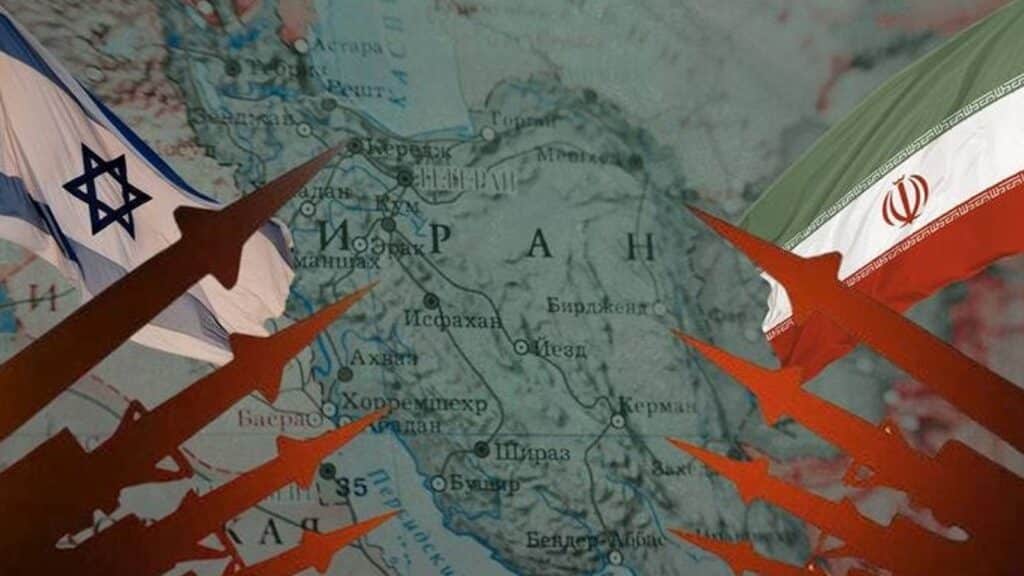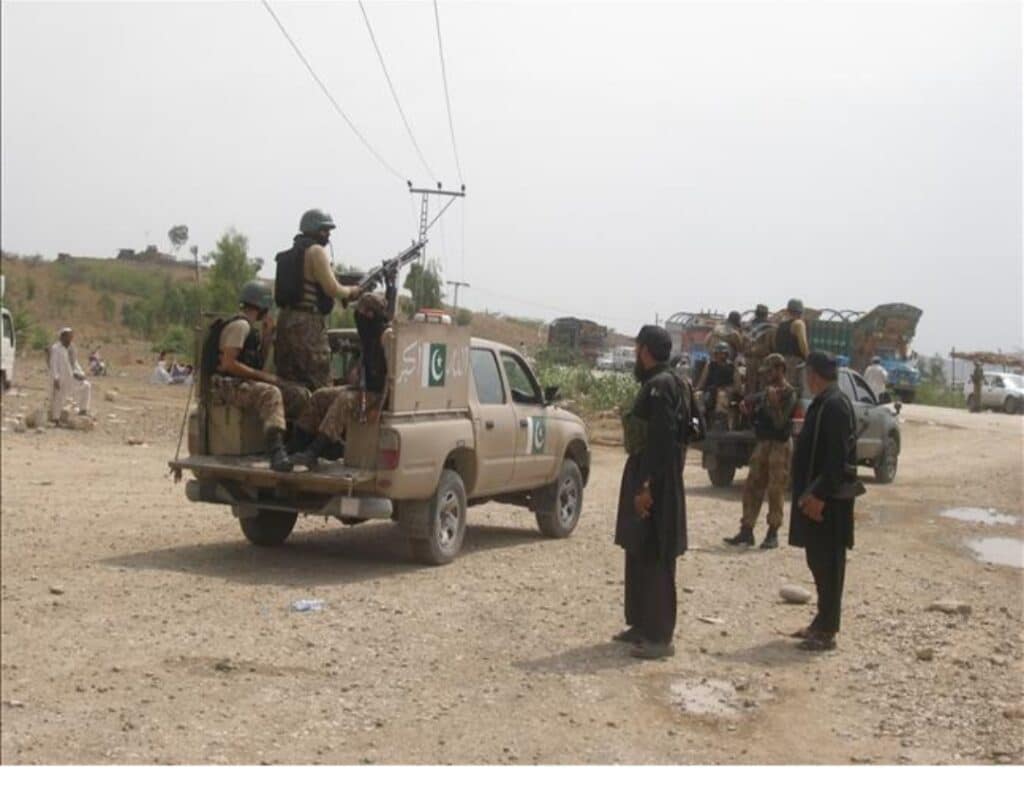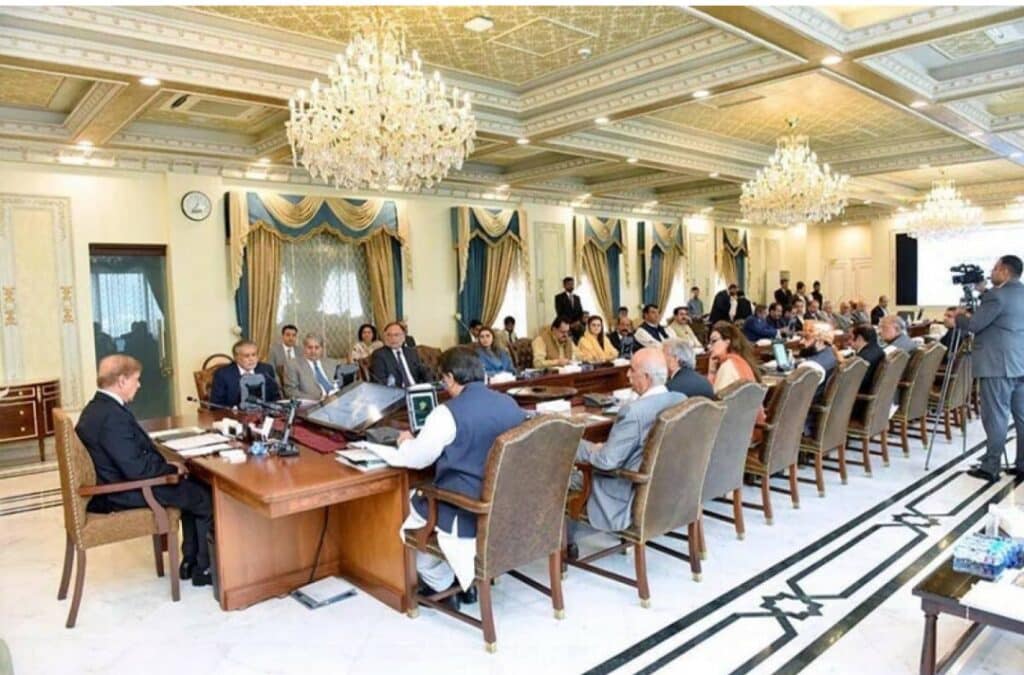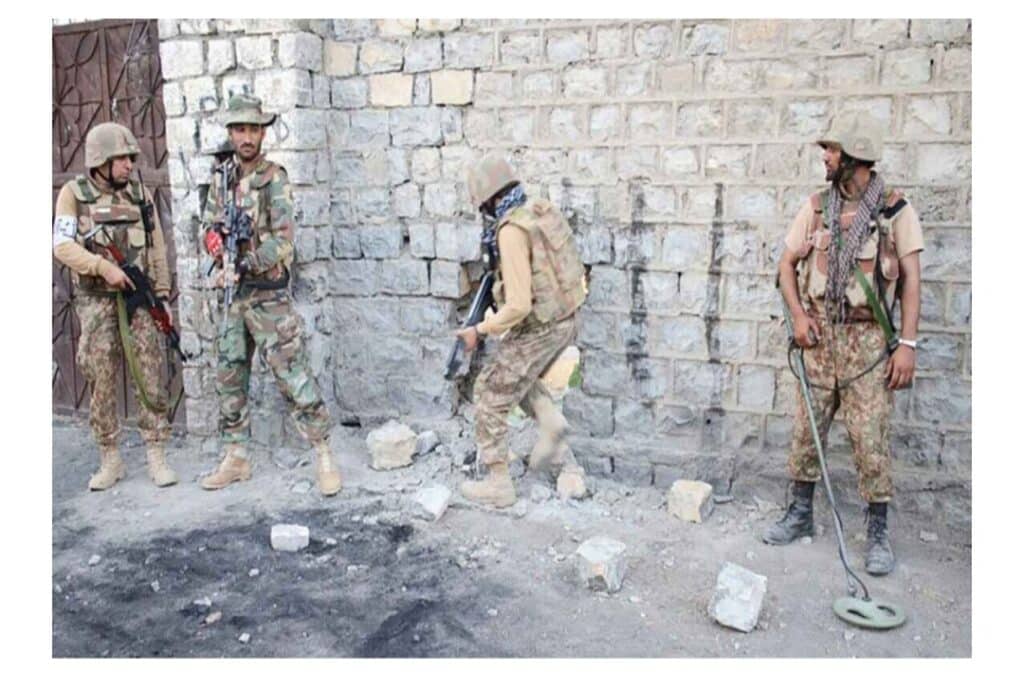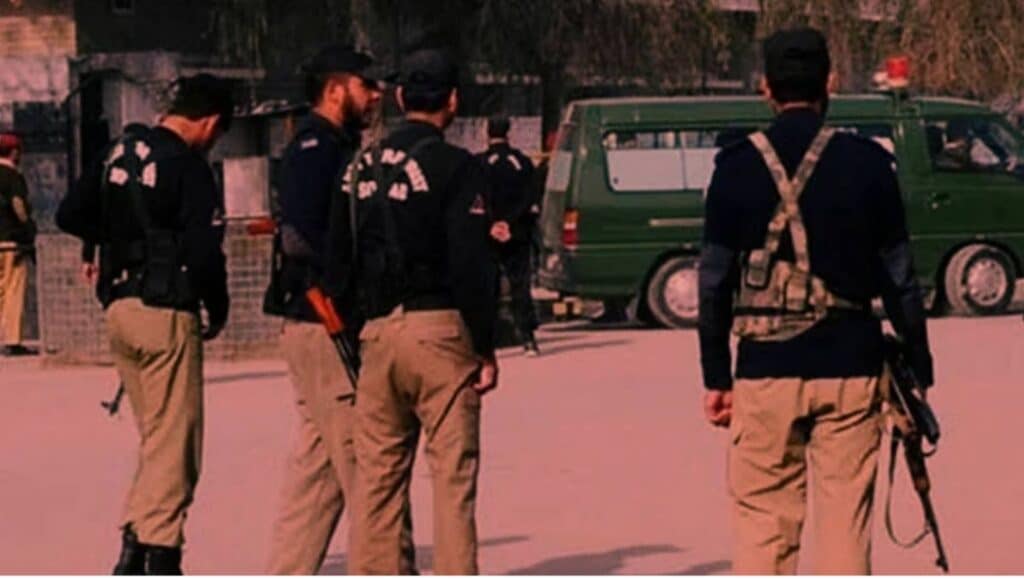Following a dramatic U.S. and Israeli military campaign that struck deep into Iranian nuclear and military infrastructure, the Middle East stands at a pivotal moment. With a ceasefire in place, attention is now shifting from war rooms to diplomatic channels — but the strategic consequences of the conflict are profound and long-lasting.
Minimal Iranian Response Shatters Myths of Escalation
For years, Western analysts feared that any strike on Iranian soil would ignite a region-wide war. But what unfolded was far from the anticipated catastrophe. Iran’s much-feared retaliatory capabilities failed to materialize. Its only response — a feeble, telegraphed missile attack on a U.S. base in Qatar — backfired, uniting Gulf nations in condemnation of Tehran.
Iran’s regional proxies, including Hezbollah and Iraqi militias, remained silent. Hezbollah, weakened after its failed war with Israel in 2024, posed no threat. Iranian-backed militias in Iraq, long considered Tehran’s asymmetric assets, also stood down.
“CRINK” Alliance Falters in Iran’s Hour of Need
The war exposed the fragility of so-called anti-Western alliances. The much-hyped CRINK (China, Russia, Iran, North Korea) bloc was conspicuously absent. China warned Iran not to disrupt the Strait of Hormuz due to its energy interests, and Russia — bogged down in Ukraine and militarily diminished — offered only symbolic gestures. Moscow’s Middle East project, once anchored in its alliance with Assad, has crumbled. Assad has fled Syria and Russia’s military foothold in Tartus is barely intact.
Russian air defense systems, once advertised as game-changers, were decimated by U.S.-backed Israeli strikes. With no real help from global partners, Iran stood alone.
Strategic Shockwaves: Iran’s Nuclear Program Crippled
While there is political disagreement in Washington over the extent of the damage, experts agree that Iran’s nuclear program has suffered a catastrophic blow. Intelligence assessments are ongoing, but there is strong evidence that Iran’s enrichment capabilities, centrifuge operations, and key infrastructure have been neutralized or severely degraded.
However, the complex nature of nuclear assessments — especially regarding hidden capabilities or unaccounted enriched uranium — means a final judgment may take weeks. International Atomic Energy Agency (IAEA) Director Rafael Grossi emphasized that while many declared sites were under watch, Iran had refused to answer questions about undeclared locations with traces of enriched uranium.
Diplomacy Ahead Amid Nuclear Uncertainty
Iran’s parliament has passed a bill to suspend cooperation with the IAEA, and Tehran is now openly considering withdrawing from the Non-Proliferation Treaty (NPT). These steps point toward a hardening posture, despite the crushing military setbacks.
Still, experts doubt Iran could rebuild its program anytime soon. “Iran has no air defenses,” one U.S. official told media. “The idea they can just restart a weapons program under constant surveillance is nonsense.”

